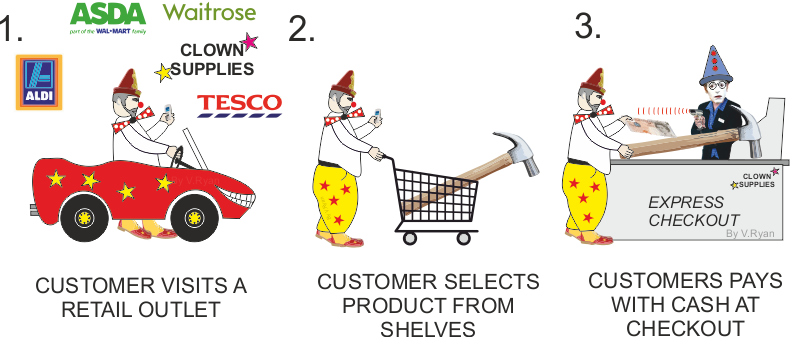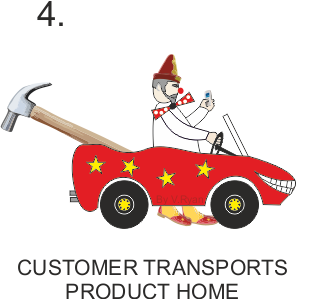

Most people enjoy visiting shops, browsing and handling a selection of products.
Traditional ‘commerce’ often involves paying by cash, at the checkout. This means that the cash must be in the customers possession. This reduces the temptation to spend too much.
The customer can question an assistant about the product and get immediate feedback.
The product can be tested (tried on, if clothes are being purchased) at the retail outlet. This means that it is more likely that the customer will be happy with the product, after purchase. Returning the product for a refund is much less likely.
When shopping in a retail outlet, the potential customer can often use other facilities, such as cafes and restaurants, which enhance the shopping experience.
The potential customer must visit the retail outlet in order to buy the product. This requires physical effort and sometimes inconvenience.
Retail outlets tend to be open at certain times and are not usually open twenty four hours a day. This restricts when a product can be purchased.
Browsing products takes along time, as it may mean visiting separate retail outlets, in different locations.
Some disabled people may find traditional shopping more difficult, due to access and mobility issues.